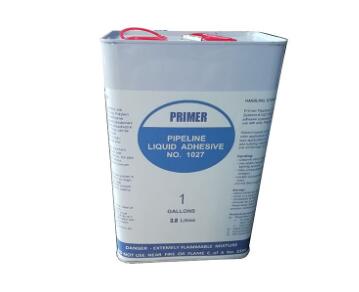Should Primer Coat be Thick or Thin?
When it comes to painting, the primer coat plays a crucial role in ensuring a smooth and long-lasting finish. One common dilemma that DIY enthusiasts and professionals face is whether the primer coat should be thick or thin. Let's dive into this question and explore the factors that can help you make the right choice for your painting project.
Understanding Primer Coats
To begin with, let's clarify what a primer coat is and its fundamental purpose in the painting process. A primer acts as a preparatory layer, creating a smooth surface for the paint to adhere to. It enhances the paint's durability and helps achieve a more even finish. Now, let's address the question at hand.
Importance of Thickness in Primer Coats
Benefits of a Thick Primer Coat
In certain situations, opting for a thicker primer coat can be advantageous. Thick primers provide better coverage, especially when dealing with surfaces that have imperfections or previous layers of paint. They create a robust foundation, concealing minor flaws and ensuring that the final paint layer looks impeccable. Additionally, a thicker primer can act as a barrier, preventing the underlying surface from affecting the topcoat.
When Thin is the Way to Go
On the flip side, there are instances where a thin primer coat is the preferred choice. When working on smooth and well-prepared surfaces, a thin primer is often sufficient. It allows for a more controlled application, reducing the risk of drips and uneven coverage. Thin primers are also suitable for surfaces that don't require significant correction, preserving the natural texture while providing a solid base for the paint.
Considerations for Application
So, how do you determine whether to go thick or thin with your primer coat? Consider the type of surface you're working on. For rough or damaged surfaces, a thicker primer may be necessary. On the other hand, for smoother surfaces with minimal imperfections, a thin primer should suffice. Always follow the manufacturer's recommendations for the specific primer you're using, as they often provide guidelines for the ideal thickness.
Conclusion: Finding the Right Balance
In conclusion, the decision between a thick or thin primer coat depends on the unique requirements of your painting project. There's no one-size-fits-all answer. Assess the condition of the surface, weigh the pros and cons of each option, and make an informed decision. By finding the right balance, you'll ensure that your primer coat sets the stage for a flawless and enduring paint job.
Summarizing Key Points
Thick Primer:
Ideal for surfaces with imperfections.
Provides better coverage and acts as a barrier.
Thin Primer:
Suitable for smooth surfaces.
Allows for controlled application and minimal texture alteration.
Remember, the key is to tailor your approach to the specific needs of your project, achieving a harmonious balance between thickness and application control.
151
0
0
All Comments (0)
If you are interested in sending in a Guest Blogger Submission,welcome to write for us!





Comments